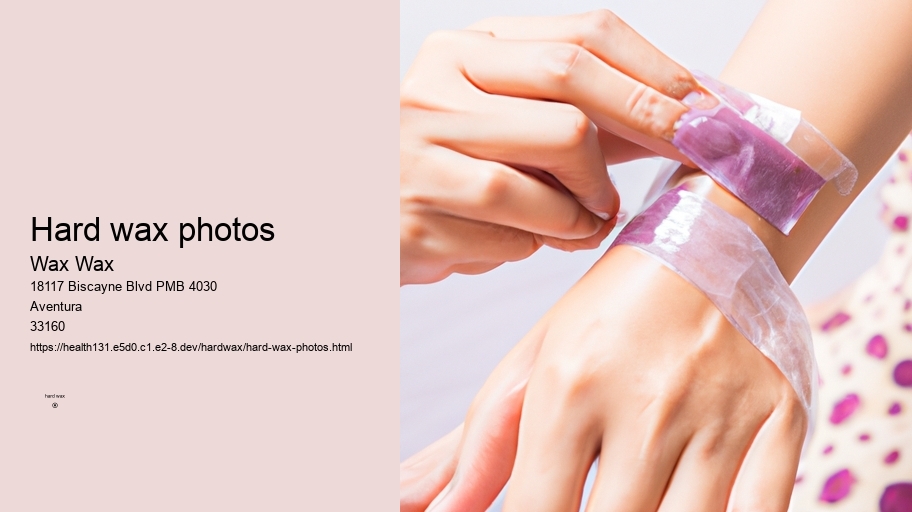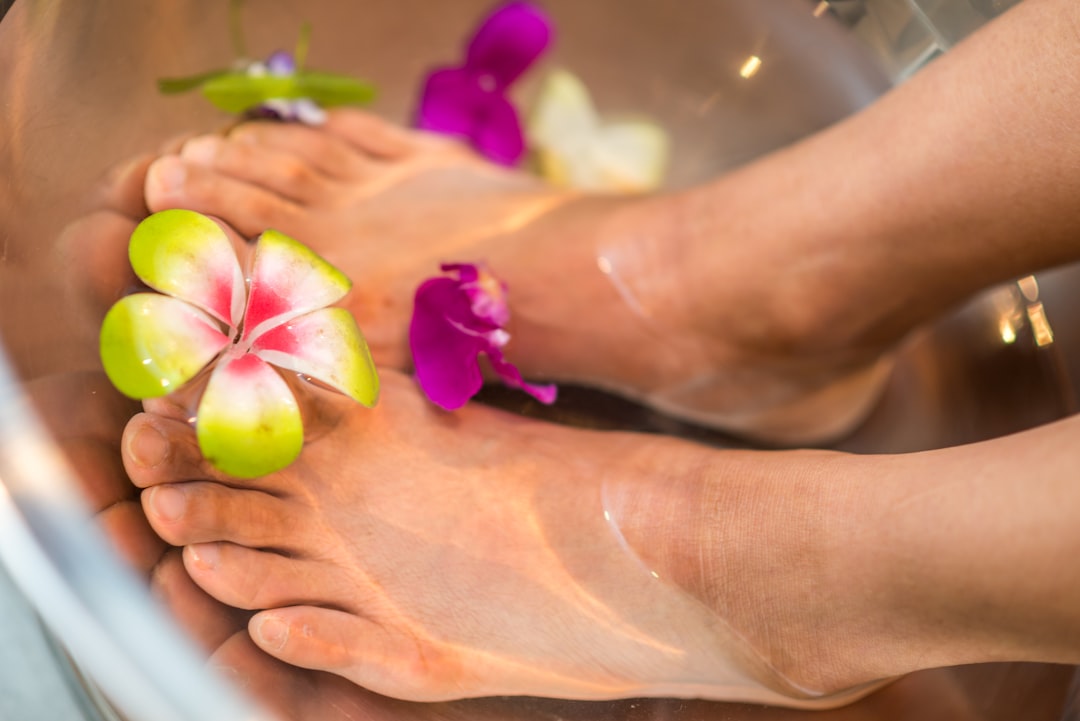

Common Mistakes to Avoid When DIY Waxing at Home
Waxing is the process of hair removal from the root by using a covering of a sticky substance, such as wax, to adhere to body hair, and then removing this covering and pulling out the hair from the follicle. New hair will not grow back in the previously waxed area for four to six weeks, although some people will start to see regrowth in only a week due to some of their hair being on a different human hair growth cycle. Almost any area of the body can be waxed, including eyebrows , face, pubic hair (called bikini waxing or intimate waxing), legs, arms, back, abdomen, chest, knuckles, and feet. There are many types of waxing suitable for removing unwanted hair.
Types
Get the best hard wax products from Wax Wax.Consult a Professional: When in doubt, seek advice from a professional esthetician or waxing specialist. They can assess your hair length and provide recommendations based on their expertise.
Frequently Asked Questions
Strip Wax: Strip wax, also known as soft wax, involves applying a thin layer of warm wax to the skin and then placing a cloth or paper strip on top. The strip is pressed down firmly before being quickly pulled off in the opposite direction of hair growth.
The modern practice of waxing has evolved over time, with different techniques and types of wax available. Strip waxing, which uses a thin layer of wax applied to the skin and removed with a cloth or paper strip, is one common method. Another method is stripless waxing, where hard or film wax is applied directly to the skin and removed without the use of strips.
Failing to soothe and care for the skin after waxing
There are several types of wax used for hair removal, including soft wax, hard wax, sugar wax, and cold wax strips.
4. Will my hair grow back thicker after waxing?
Cold wax strips can be effective for removing hair in smaller areas such as the face or underarms, but may not be as efficient for larger areas like legs or back.
Pros and Cons of DIY Waxing vs.
Risk of injury or burns
In effect this means, while there are definite benefits to doing your own waxing at home, there are also drawbacks that should be considered before deciding which option is best for you!
Frequently Asked Questions

Take a pain reliever beforehand, if needed
After waxing, it is crucial to moisturize and soothe the skin to prevent irritation and maintain smoothness. Applying a gentle, fragrance-free moisturizer (preferably one that contains aloe vera or chamomile) can help hydrate the skin and reduce redness. Additionally, using a soothing gel or cream specifically designed for post-wax care can help calm any discomfort or sensitivity. Remember to avoid hot showers, saunas, or excessive sweating immediately after waxing to prevent further irritation!
Sun exposure can make your skin more sensitive and prone to irritation during the waxing process, leading to potential discomfort and redness.
Exfoliation is the process of removing dead skin cells from the surface of the skin, which can help to prevent ingrown hairs by allowing the hair to grow freely. When dead skin cells accumulate on the skin's surface, they can trap hair follicles and cause them to grow inwards, leading to painful ingrown hairs. By exfoliating before waxing, you can ensure that the wax adheres better to the hair shaft and not to dead skin cells, resulting in a more effective hair removal process. Additionally, exfoliating after waxing helps to prevent ingrown hairs from forming as new hairs begin to grow back. This two-step approach ensures smooth and hair-free skin post-waxing!
6. How long should I wait before scheduling my next waxing appointment?
Historical facts about waxing